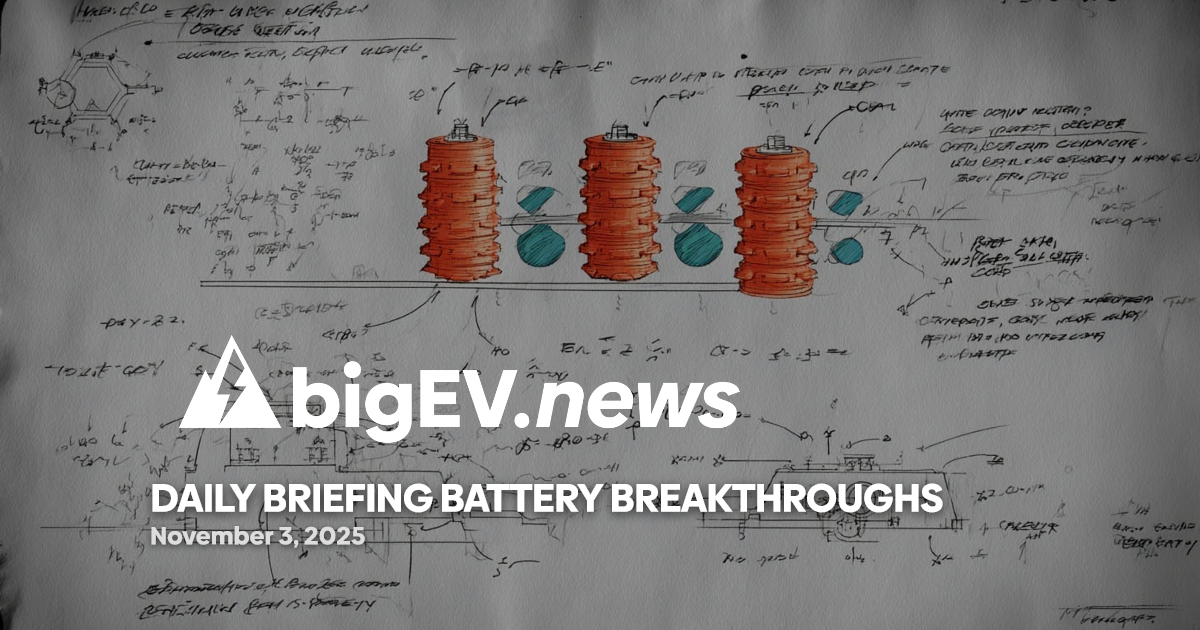A wave of new safety certifications, regulatory frameworks, and compliance mandates is transforming operational risk and investment priorities across energy, transportation, and manufacturing worldwide.
At a glance – The past 24 hours have seen a significant tightening of safety and compliance requirements across the energy and industrial landscape. Regulatory agencies in North America, Australia, and Europe have enacted or updated standards targeting wildfire risk, energy efficiency, battery safety, and pipeline operations. These changes are driving a rapid evolution in how companies approach risk management, product design, and supply chain accountability, with direct implications for capital allocation and operational strategy. The convergence of advanced technologies—such as artificial intelligence for battery safety modeling—and new legal mandates is accelerating the pace of compliance transformation, making this a pivotal moment for industry leaders and investors to reassess their risk and innovation frameworks.
Technology advance – The U.S. Department of Energy’s National Renewable Energy Laboratory (NREL) released a landmark report on the safety implications of next-generation battery technologies. The report highlights how emerging battery chemistries—such as solid-state and lithium-sulfur—present new challenges in terms of kinetics, toxicity, and fire suppression. NREL researchers, led by senior scientist Donal Finegan, emphasize that recent breakthroughs in modeling and artificial intelligence are enabling more accurate predictions of battery behavior under abuse conditions, including thermal runaway. These advances are expected to inform the development of new safety standards and testing protocols for grid-scale battery energy storage systems (BESS), electric vehicles, and industrial applications, ensuring safer deployment of advanced energy storage worldwide.
Partnerships – In a major move for the nuclear sector, X-energy, Amazon, Korea Hydro & Nuclear Power, and Doosan Enerbility have announced a strategic partnership to accelerate the deployment of X-energy’s Xe-100 small modular reactors (SMRs) and TRISO fuel technology in the United States. This alliance aims to meet the surging power demands of data centers and artificial intelligence infrastructure while adhering to the latest nuclear safety and regulatory requirements. The collaboration will focus on expediting regulatory approvals, optimizing safety case submissions, and integrating advanced monitoring systems to ensure compliance with evolving U.S. Nuclear Regulatory Commission (NRC) standards. This partnership signals a new era of cross-sector cooperation in meeting both energy security and safety compliance imperatives.
Acquisitions/expansions – Curtiss-Wright has expanded its footprint in the nuclear energy supply chain by securing exclusive rights to market, promote, and supply advanced tensioning systems for nuclear reactors across North America. These tensioners, designed to meet the latest American Society of Mechanical Engineers (ASME) safety codes, are critical for maintaining the structural integrity of reactor pressure vessels and primary containment systems. The move is expected to streamline compliance for nuclear operators facing increasingly stringent inspection and maintenance mandates, while also supporting the deployment of new reactor designs that require enhanced safety features.
Regulatory/policy – The Office of Energy Infrastructure Safety in California has formally adopted the 2025 Safety Certification Guidelines, setting new requirements for electrical corporations under Public Utilities Code 8389(e). These guidelines, effective immediately, establish a presumption of reasonable conduct for certified utilities in wildfire cost recovery proceedings before the California Public Utilities Commission (CPUC). However, the certification does not shield companies from liability or guarantee full compliance with all wildfire mitigation measures. The new framework is designed to incentivize investment in safety culture and risk reduction, with a strong focus on transparent reporting and third-party verification of compliance activities.
Finance/business – The Independent Pricing and Regulatory Tribunal (IPART) of New South Wales, Australia, has enacted sweeping rule changes to the Energy Savings Scheme (ESS) and Peak Demand Reduction Scheme (PDRS), effective September 12, 2025. Key changes include the prohibition of unsolicited door-knocking for certificate creation, updated savings calculations for heat pumps and refrigerated display cabinets, and the introduction of monthly compliance reporting. Notably, a new 5,000-certificate cap has been imposed on commercial heat pump installations, and warranty requirements for residential and commercial heat pumps under 700 LERs will take effect December 1, 2025. These measures are intended to address modeling inconsistencies, enhance consumer protection, and align compliance processes across energy efficiency programs, directly impacting manufacturers, installers, and energy retailers operating in the Australian market.
Sources: energysafety.ca.gov, pv-magazine-usa, ans.org, regulations.gov, youtube.com, ipart.nsw.gov.au









